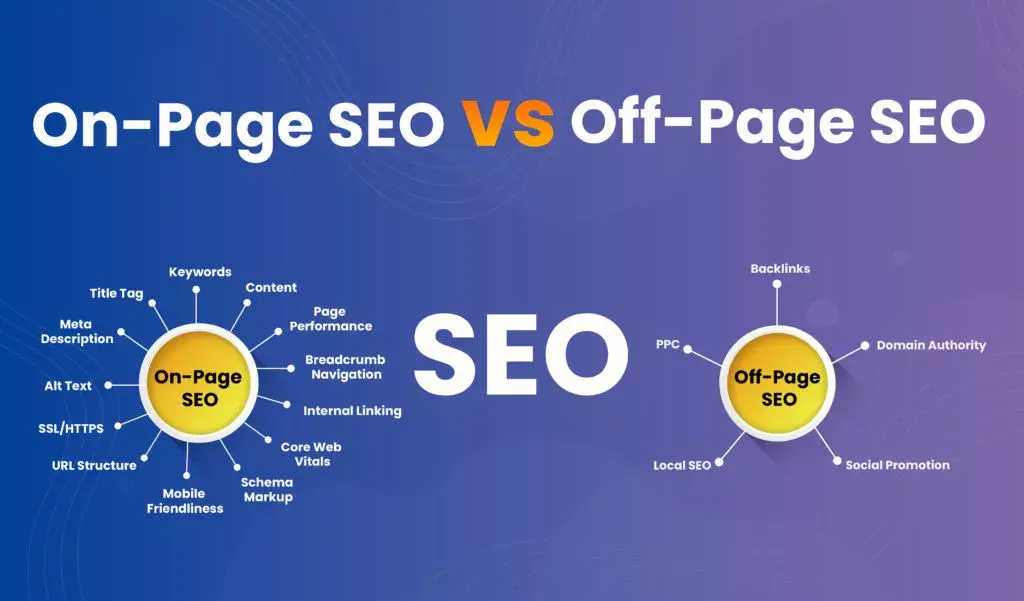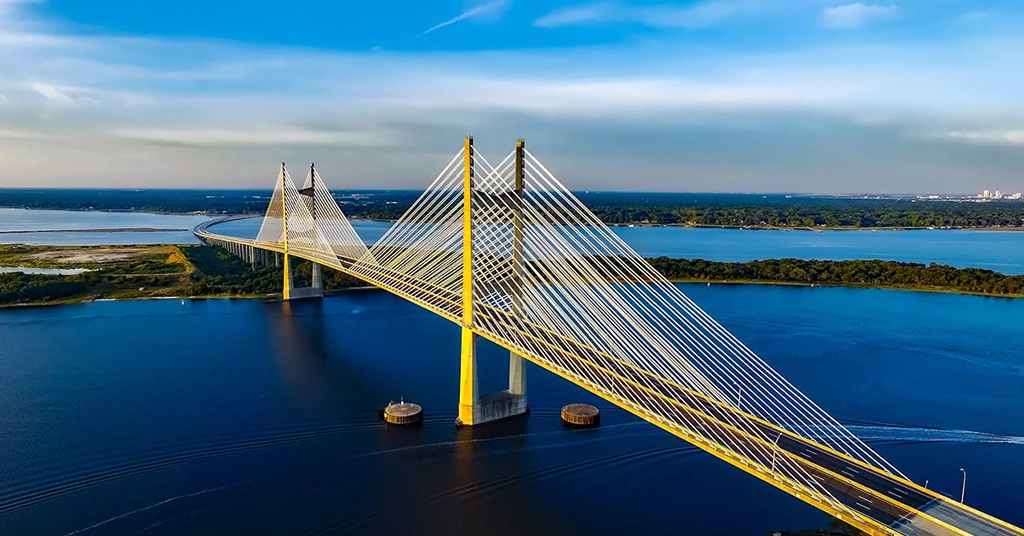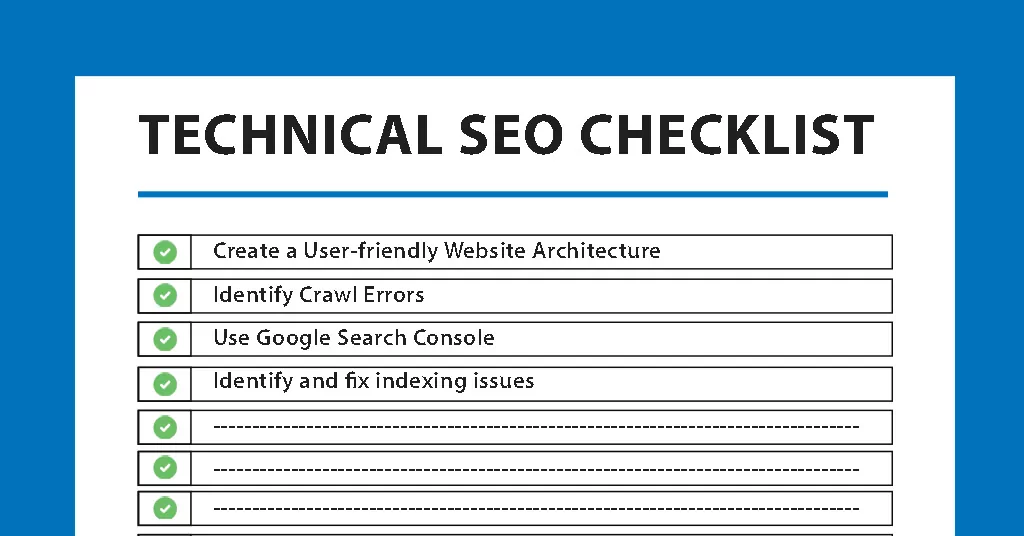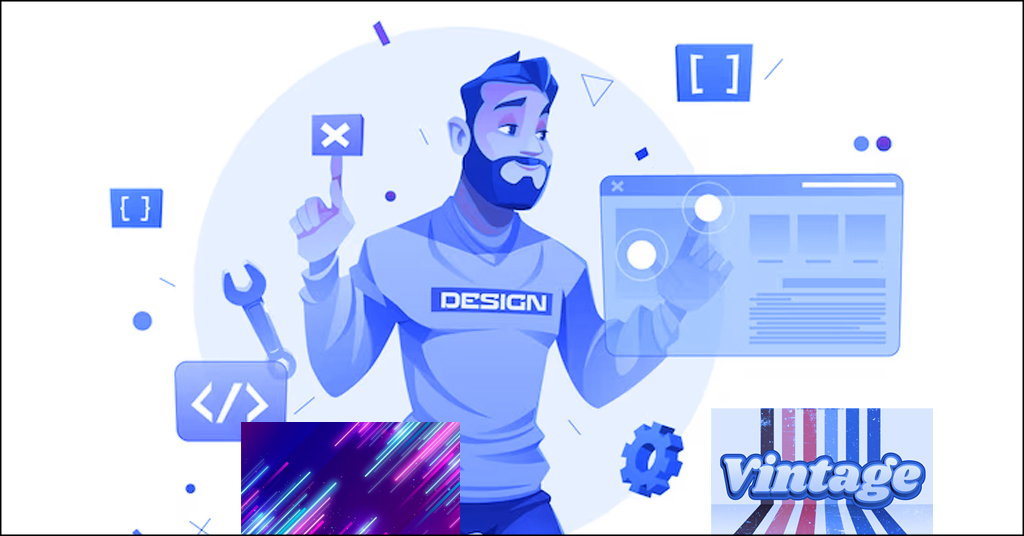Image SEO: How to focus on lasting SEO strategy?
Table of contents
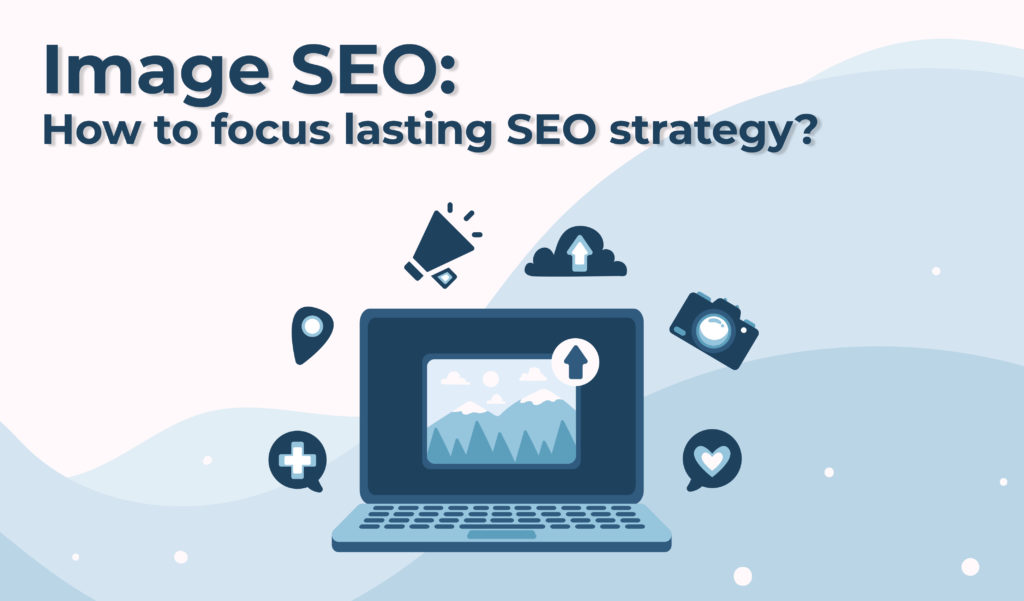
Whether you’re reaching the top position in SERP, increasing organic traffic, or improving organic sales, it’s important to design a roadmap to reach your business goals. For which an SEO strategy is a must.
There is often confusion between the word strategy and tactics, as many people mistakenly assume that strategy is a set of tactics. This is wrong; a good SEO strategy will help you get the big picture. When it comes to putting together an effective SEO strategy, it helps to have a process to follow. You absolutely need to personalize this for your own business, but it’s a good starting point to get you on the right track and start thinking about the right focus area.
As for image SEO, you’ve probably heard about filenames and ALT tags for the rest of your life. If you are looking for a practical strategy that can be applied to your website today and better ranked by Google Image Search, you will love this infographic.
This is a simple checklist (with detailed steps) that will show you step by step how to learn the second largest search engine on the web.
In this complete guide to image optimization, revised and updated, you will learn many image optimization strategies from our Jacksonville SEO experts. It covers everything from image metadata and filenames to advanced image SEO tips such as Exit data, schemas, and image sitemaps.
What is Image SEO?
Image SEO includes activities that help your images rank higher in search engine organic lists. Like pages, search engines try to understand images. To rank an image higher, you need to do everything you can to help the image in the “meaningful” part. This article describes how to do this. Image search traffic comes from universal search as well as images.google.com. This is important. For the intent of some users, Google will prominently display videos and images in SERP. This is a good workaround if you can’t organically rank to the top.
When it comes to content quality, well-crafted images provide a better user experience and increase the likelihood that articles will be shared and linked. Try adding custom images and graphics. Use only stock photos as a last resort.
The same is true for conversions. The better the image in terms of quality and context, the greater the impact on conversions.
Images, on the other hand, pose a challenge in terms of optimizing page speed. You need to make sure they are optimally compressed, cached, and loaded. Why do you need to care about image SEO? There are two reasons to worry about image SEO.
Images can be a great driving force for quality organic traffic. In particular, Google has removed the “Show Image” (opens in a new tab) option, which makes it much more likely that users will visit your page. Image SEO automatically optimizes screen readers to help visually impaired people use and understand your website better. You must be asking yourself, “Is image SEO a big traffic driver for me?”
Whether this is the case depends on the company. For us, it actually makes up only a small part of our traffic. People who want to solve SEO questions usually don’t look for images. Search engines know this, so in most cases, the results will return a regular page. As a rule of thumb, image SEO is important if your images frequently appear as a result of the search you’re trying to rank. Therefore, if you run an e-commerce site, a celebrity news site, or a stock photo site, Image SEO is very important.
How to optimize your images for SEO?
Images can be a great driving force for quality organic traffic say the experts from Jacksonville SEO Company. This is the case that completely depends on the company. For us, it actually makes up only a small part of our traffic. People who want to solve SEO questions usually don’t look for images. Search engines know this, so in most cases, the results will return a regular page.
As a rule of thumb, image SEO is important if your images frequently appear as a result of the search you’re trying to rank. Therefore, if you run an e-commerce site, a celebrity news site, or a stock photo site, Image SEO is very important.
1. Drive Higher CTR (And Rankings) With Stand Out Images
We`ve all visible websites full of inventory pictures. Image search engine optimization Stock Images. Using universal inventory pics on your web page kills your EAT rating (Expertise Authority and Trust) which has a big effect on ratings those days.
Why do You need to Become a Jedi of Image CTR? Images that win better engagement (together with scrolls and clicks) get moved up within the ratings. Whilst pics with decreased engagement get moved down. In different words: To rank high-up in Google Images seek – you want pics that STAND OUT!
The key to creating “stand out” pics that win the extra interest and clicks is this: Identity what already ranks, then create something absolutely different. This is an easy 3-step process.
- Check the hunt effects to your goal keyword(s).
- Note down what`s there.
- Do the opposite.
2. JPG, PNG, or GIF: Getting Your Image File The Right Type
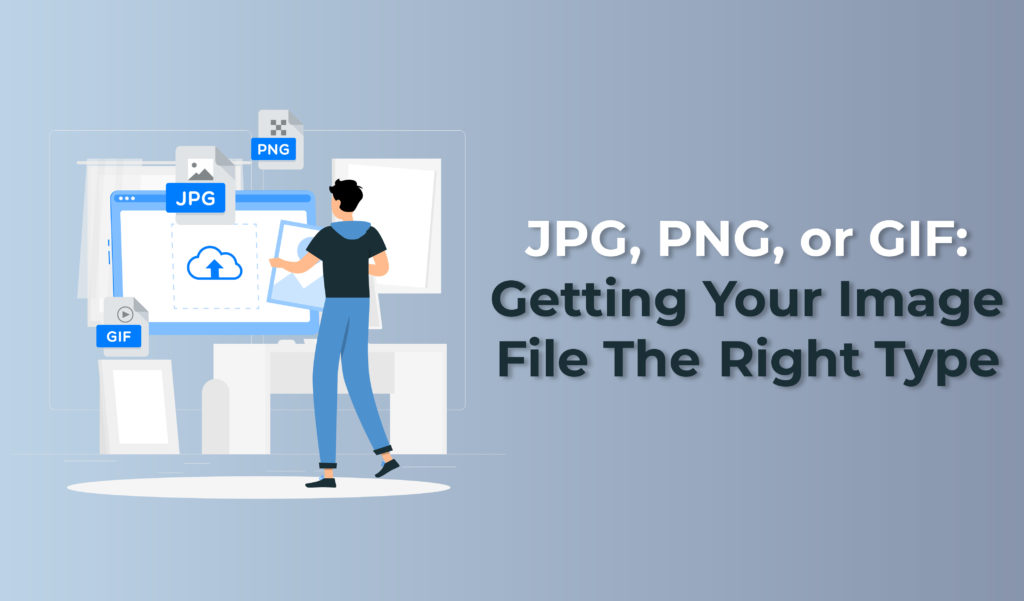
People regularly pick the incorrect document extension for or her pics, which affects negative fine or big document sizes.
You recognize that deciding on the proper document kind will hold your pics searching clear. And won`t sacrifice load time that is essential for search engine optimization.
Here`s a way to pick the fine picture document layout: How to Choose the Right Image File Type.
GIF – Good for a brief animation. Also OK for flat pics without a gradient. Bad for small pics internal a screenshot like a profile photograph or a gradient just like the pinnacle bar of a browser.
PNG – Good for screenshots. It maintains textual content searching clean, however may be complicated for document sizes.
JPEG – Good for pictures of people, places, or things. Bad for screenshots of apps and websites or textual content.
3. Resize Your Images to “Optimum” Proportions (And Slash Page Bloat)
The web page you’re on proper now has a content material region width of 640px, which means: The biggest picture length so that it will ever be proven is 640 pixels wide. If I had been to add a picture even 1px wider, it`d be a waste. Larger than important pics upload more weight to a web page and gradually down the web page.
What`s extra: In addition to loading the bigger picture, my CMS will want to layout and edit the picture to suit the size of the web page.
4. Reduce the file size of the image to reduce the loading time
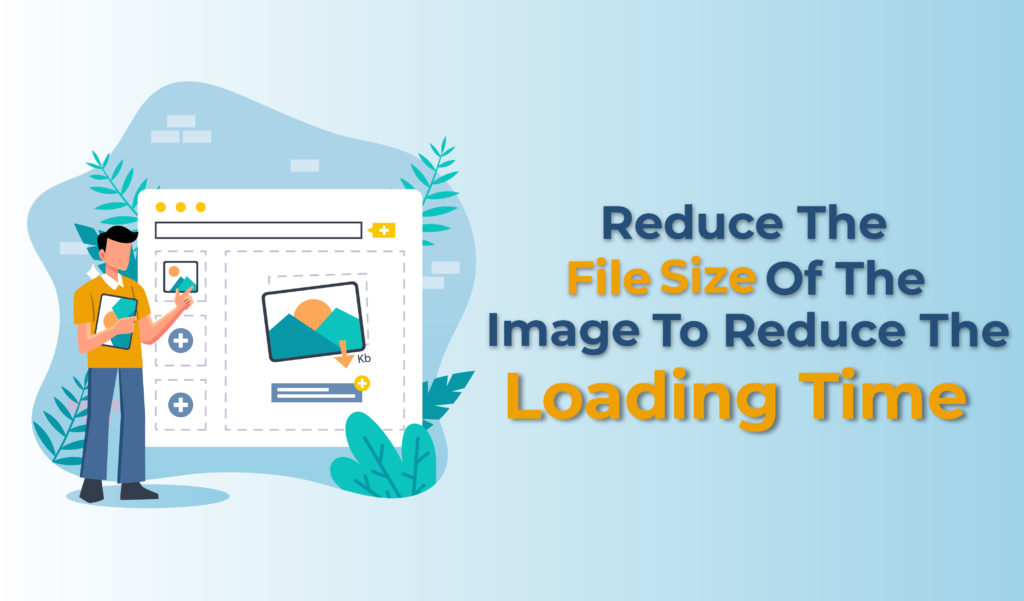
Therefore, I chose the correct file type and resized the image. The final step before uploading an image is to reduce the weight of the file. It should be as light as possible. Brighter images mean faster websites. And faster websites mean higher rankings. Compress the image file to reduce the weight of the image. In summary: Remove all unwanted bloat from the file while maintaining the quality as much as possible. Here are more than 10 effective ways to speed up your website in case you are looking to optimize your website’s speed.
5. Image ALT text (ALT tags) and how to optimize them to improve image SEO
If you’ve ever wondered how to tag your SEO images, here’s what to do. First basic; An image’s ALT tag, also known as the ALT text, ALT description, and ALT attribute, is an alternative text that is displayed in place of the image if it does not load on the screen. ALT is the same text screen reading tool used to describe the images on the page. Its main purpose is to help people with visual impairments.
However, Google’s bots also have limited “visibility”, which makes them very useful.
Computer vision algorithms aside, when a search engine robot “displays” an image, in most cases it can only see the filename. Optimize image title tags, use short, easy-to-understand, catchy titles for image title tags that complement the ALT text.
6. Write captions correctly
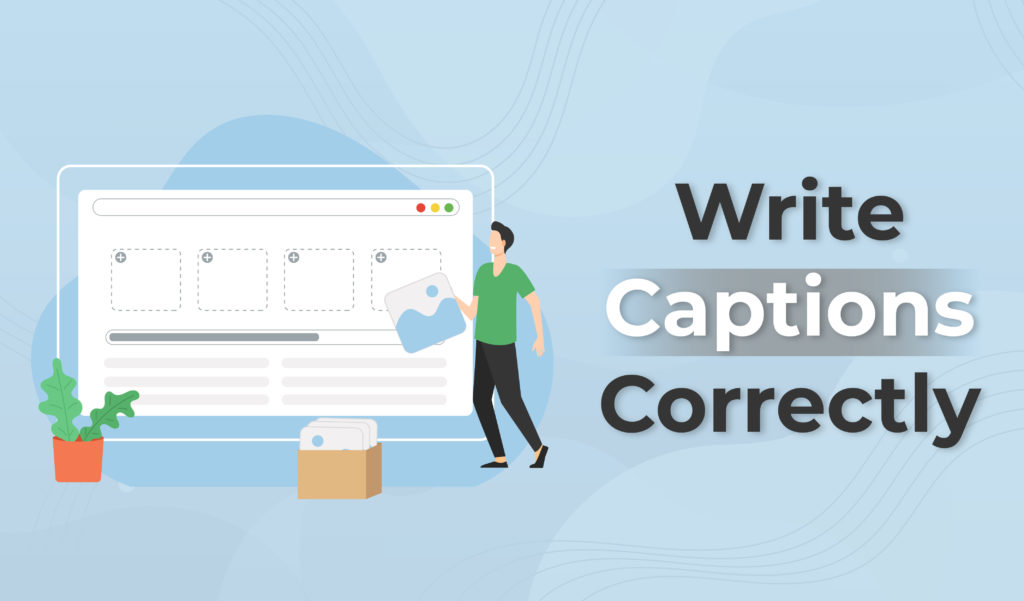
The title should provide a relevant description of the image, but If the caption only describes the visual elements of the photo, it’s of little use. Instead, please explain the details of the obscure photo. Or a specific event that is currently occurring. This gives readers (and search engines) more context for the image and may help rank more keywords. Create an image sitemap to quickly index your images. Site maps help you quickly index your content.
And it helps you find deeper content. If your site has a large number of images, image sitemaps can help you see more of those images in your image search results. You can create a stand-alone image site map. Then insert the image into a regular XML sitemap.
With WordPress and the Yoast SEO plugin, images are automatically added to your XML sitemap. Use Open Graph and Twitter cards to view rich snippets and maximize social sharing.
Did you notice that some links on social media sites only display text?
Others will see the full-size image, title, and description. Facebook Open Graph for SEO. This is not a coincidence. This is the result of adding social metadata to the source code of the web page. For Facebook and LinkedIn, the metadata that enables this task is called Open Graph. In the case of Twitter, it is a Twitter card. Pinterest has a similar metadata tag. These tags tell you what to display in your social feed when content is shared on social media sites. These over-ride the SEO metadata that social pages use by default in the absence of Open Graph (or Twitter card) data. In summary: They allow you (the website owner) to have precise control over what your content will look like when shared. And it will significantly increase the traffic to your business. Use images strategically to enhance the written content of your pages, send more powerful keyword signals to search engines, and enhance your audience experience. Images help users better understand what they are trying to convey and enhance the signal to search engines about the quality and relevance of content. Google recommends using images related to the text that surrounds them. This is similar to the concept of related pre-and post-text around link anchors.
Image Popularity
Search engines also consider how often images are used and how popular they are. If you use images frequently, they should be popular and ranked high. You can start ranking your images right away by embedding images that other websites are already using and that search engines already know.
Take the Wikipedia headshot in Denzel Washington as an example. If you do a reverse image search on Google, you’ll see that it’s used by many other websites (opens in a new tab). It does not contain the exact same image. It can be of different sizes, different file sizes, and even different formats. Google understands that it’s the same image.
Without an SEO strategy, you’re working blindly. From an SEO perspective, don’t think of images as a way to achieve your goals. Attractive images are one of the advanced SEO techniques and are also very valuable in terms of conversion rate optimization. Especially for e-commerce. For example, taking Google Shopping as an example, one of the fiercest content battles takes place every day. A good product page makes all the difference there. Images cannot be used to do this. There are strict guidelines and best practices (opens in a new tab) that you need to follow. Take the time to develop a strategy that will help everyone on your team understand the channel’s long-term goals and how to achieve them. Establishing a strategy is about communicating what you are trying to do in a way that makes sense for multiple stakeholders and giving a clear focus to all of them.

